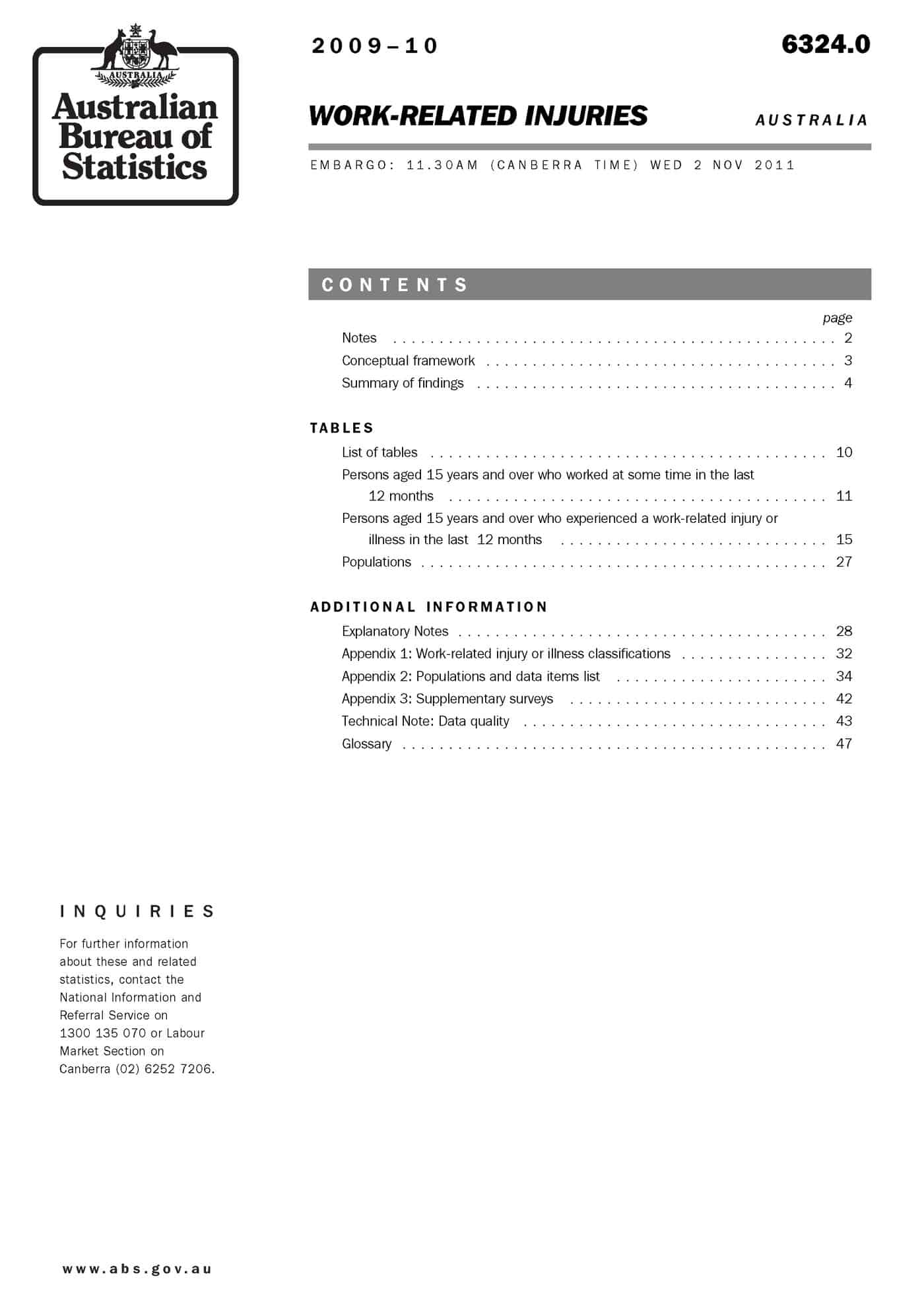There was a brief ABC report from Western Australia on 12 November 2011 about a young man receiving serious burns from an industrial explosion. Information is scant on this incident in the press but SafetyAtWorkBlog has been told that the incident occurred at drinks after work. As the incident is not considered related to work, WorkSafeWA is unlikely to be involved with any investigation.
This seems an odd situation as it is reported that the serious injury occurred “when a large engine exploded in an industrial yard”!
Young worker + alcohol (potentially) + industrial workplace = a serious near miss, if nothing else.
It is hoped that whoever investigates the incident shares some of the findings so that important OHS lessons will be offered. WorkSafeWA seems to be the logical choice for investigator but we will have to wait to see who takes the lead.


 Safe Work Australia has released a couple of packages of draft codes of practice in line with the Australian Government’s OHS harmonisation strategy but where is the code that addresses the established risk of environmental tobacco smoke (ETS) or second-hand smoke? This is a question that was asked during the recent Safe Work Australia week by
Safe Work Australia has released a couple of packages of draft codes of practice in line with the Australian Government’s OHS harmonisation strategy but where is the code that addresses the established risk of environmental tobacco smoke (ETS) or second-hand smoke? This is a question that was asked during the recent Safe Work Australia week by